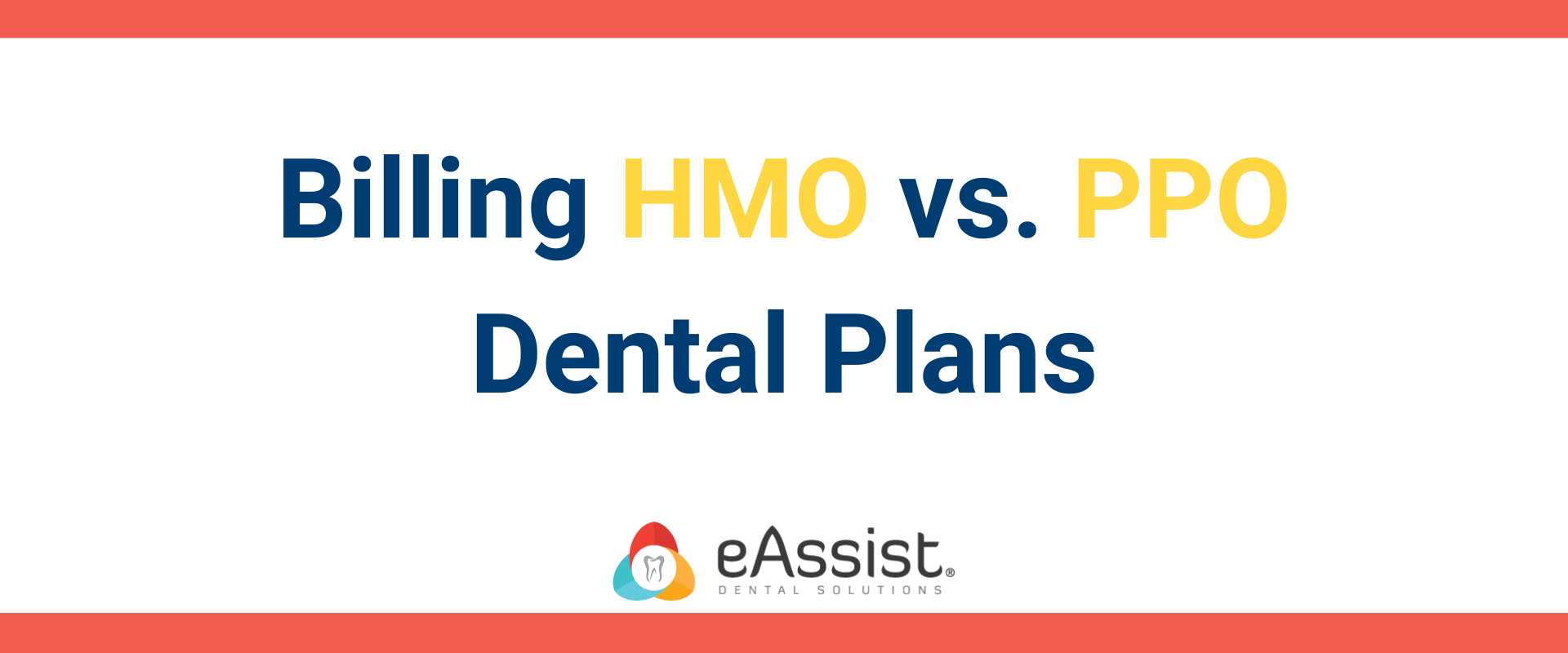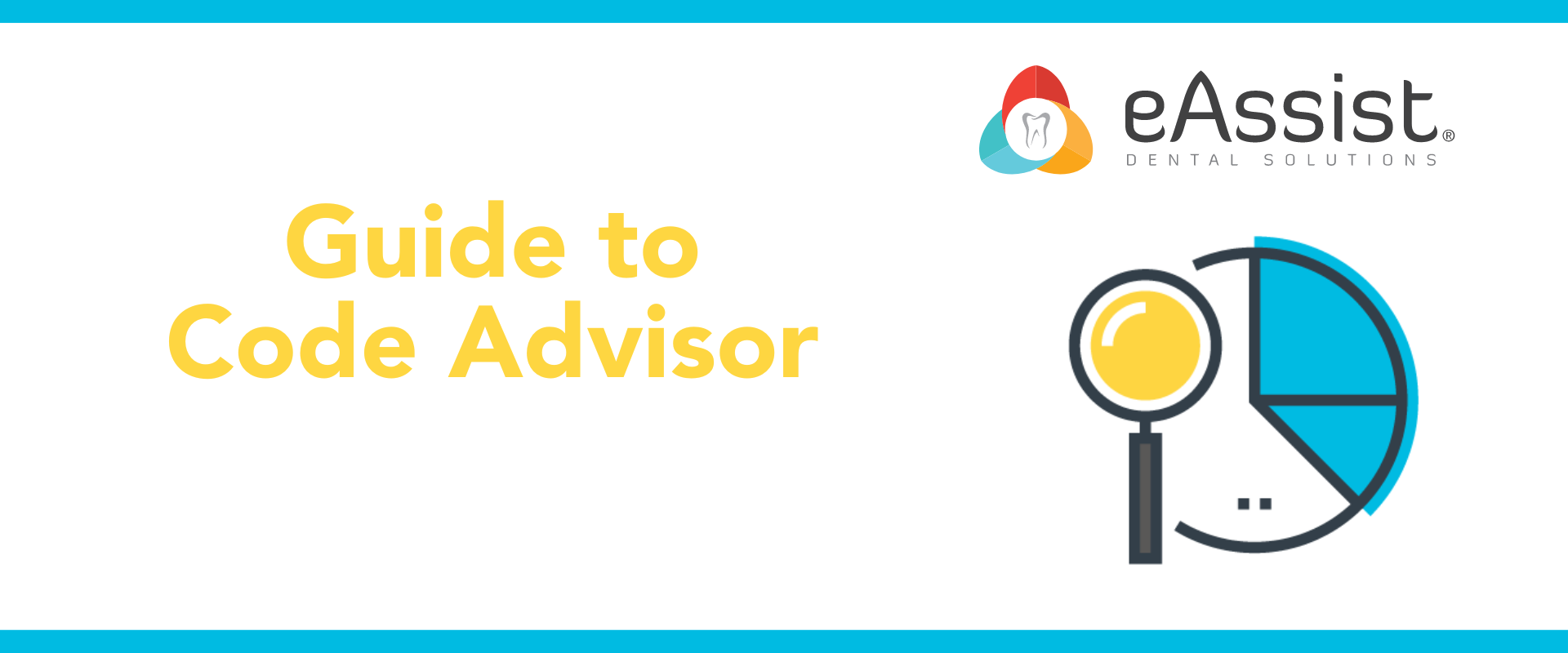Dental billing can seem pretty straightforward but there’s a lot of nuance to it. There are so many factors to consider from CDT codes, to plan restrictions, to the actual plans themselves. In most dental offices, both PPO and HMO insurance plans are accepted, requiring a thorough understanding of each. While they do have many similarities they also have significant differences that are important to be aware of when billing claims. In the following, we will review a few of these differences so you know just what to do when billing either an HMO or PPO dental insurance plan.
What is a PPO plan?
A PPO, or preferred provider organization, plan is offered through both medical and dental insurance companies. It offers patients coverage through a network of providers, but they are free to visit any one of their choosing, whether they are in-network or out-of-network. It costs more than HMO coverage but provides flexibility for the patient and freedom from restrictions such as necessary referrals for specialists and required use of in-network providers.
What is an HMO plan?
An HMO, or health maintenance organization, plan is also offered by both medical and dental insurance companies. While often significantly cheaper than a PPO plan it does come with more restrictions. The patient must use in-network providers and referrals are always required when seeing specialists.

Referrals
As stated above, when an HMO patient requires a specialist they will need a referral whereas this is usually not required for PPO plans. When billing, it’s important to know that each HMO carrier has its own referral form, so it’s best to keep a copy of each on hand to use as a template. When filling out the form, be sure to complete all required fields and include the doctor’s signature. All proposed dental procedures must be listed with their correct CDT codes, for, if the doctor completes any treatment that was not listed, it won’t be covered. The completed referral form must be attached to the claim when billing.
Instead of a referral, some HMO plans require a claim to be pre-authorized. If this is the case, a form will need to be completed and submitted to the insurance before treatment. They will then respond by identifying which procedures have been approved and, only after this, the dentist can begin treatment.
In-network vs. Out-of-network
When a patient has a PPO plan they are free to go to any office they please, but when they have an HMO plan they must be assigned to a specific office. Make sure they are assigned to your office when verifying HMO insurance benefits. If they are not, any billed treatment will be denied. A few plans offer retroactive assignment, but, as most don’t, it’s best practice to assign the patient before the appointment.
When billing both PPO and HMO plans it’s important to always ensure your doctors are credentialed before beginning treatment. You have some leeway with PPOs because most plans pay out-of-network benefits, although some do not. It’s essential to have them credentialed with HMO plans as they don’t offer out-of-network benefits and any claim billed under a non-network provider will be denied.

Deductible/Annual Maximum
Although they have a limited network of providers, many patients choose an HMO plan because they have minimal co-pays, no deductible, and no annual maximum. This can make billing an HMO plan easy, as you can expect a set amount to be paid for covered treatment and you don’t have to worry about applying a deductible or reaching an annual benefit maximum. The latter two items need to be considered when verifying insurance benefits for PPO patients. Most deductibles are around $50-100 so you’ll want to check what the amount is and whether or not it has already been met (this is particularly important early in the year). Most annual maximums are $1000-2000 so you’ll always want to verify the exact amount and whether the patient has already reached it (this is especially important near the end of the year). Once the annual maximum is reached, the insurance won’t issue any payment until the new play year.
Chances are you will run across both HMO and PPO plans when billing dental claims so it’s best to know the significant differences between them to get claims paid. If dealing with both takes too much time away from a busy practice, consider outsourcing. At eAssist, the Success Consultants who use our platform are experienced with both HMO and PPO plans and will ensure all the correct steps will be taken to get them paid. To learn more, complete the form below.








Brandy Davis
Your comment is awaiting moderation.